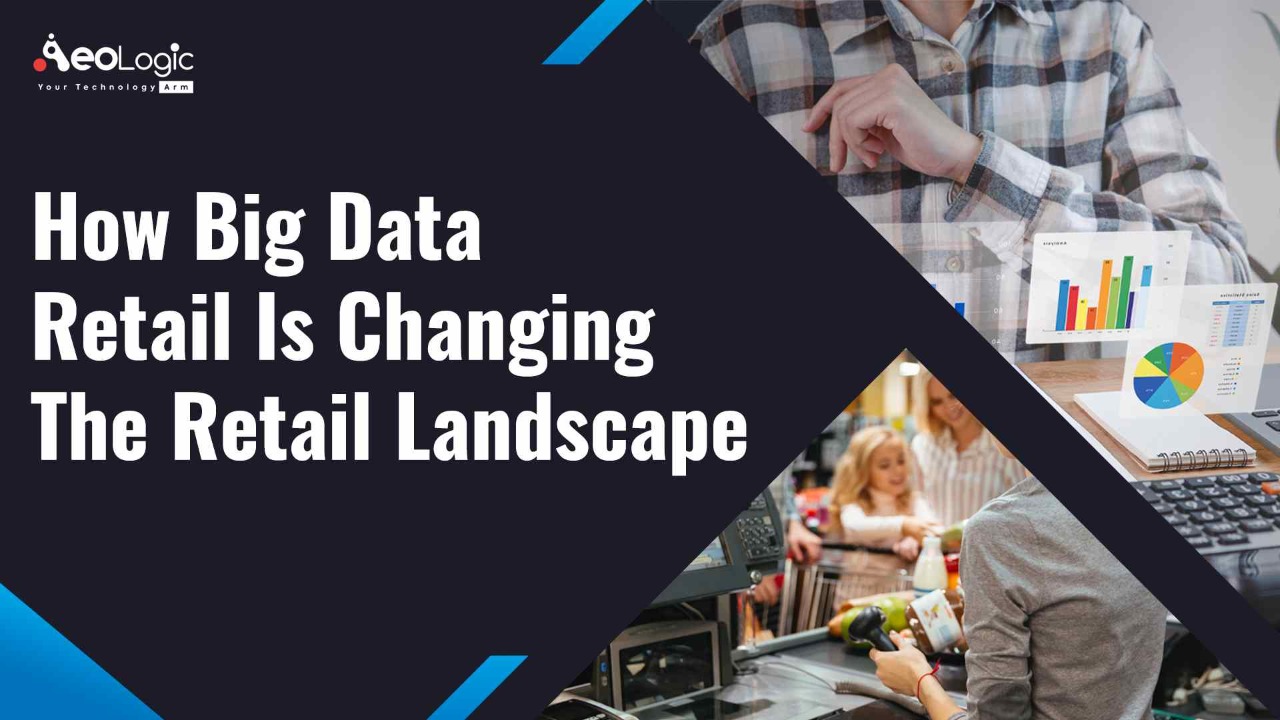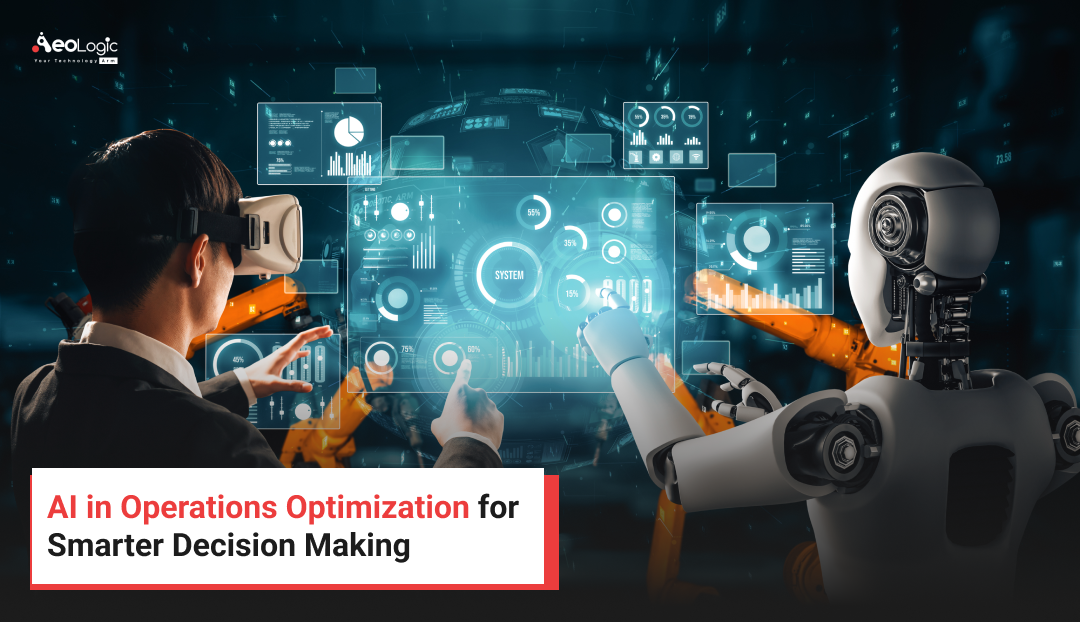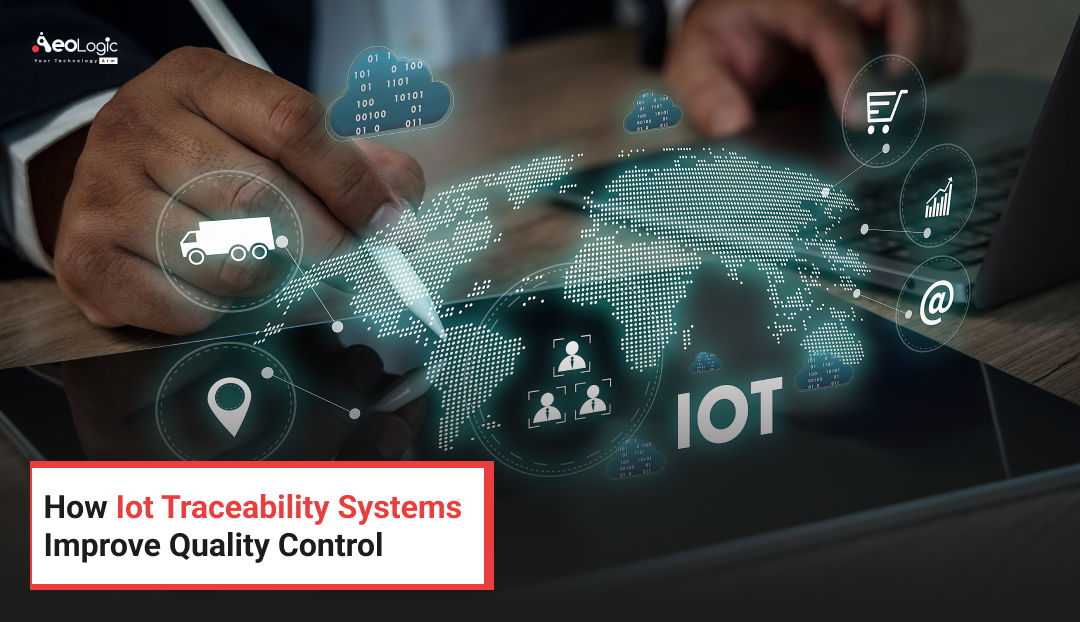The retail sector has been becoming more complex in recent years. Big data analytics has changed every industry, and retail is no exception. For retailers to thrive in this brave new world, they need to use every technology they can afford. In this article, we will discuss how big data for retail is changing the retail landscape.
We all know that the key to success in the digital age is research that is based on facts. And it’s the same in retail. Brick-and-mortar retailers have struggled to keep up with internet delivery since the online shopping boom began. Hence, big data analytics gives physical stores a unique way to get ahead. It opens the door to better customer service. It gives many opportunities for retailers. Now, both business models are booming with the help of big data.
Also Read: How The Retail Sector is Using IoT?
What is Big Data?
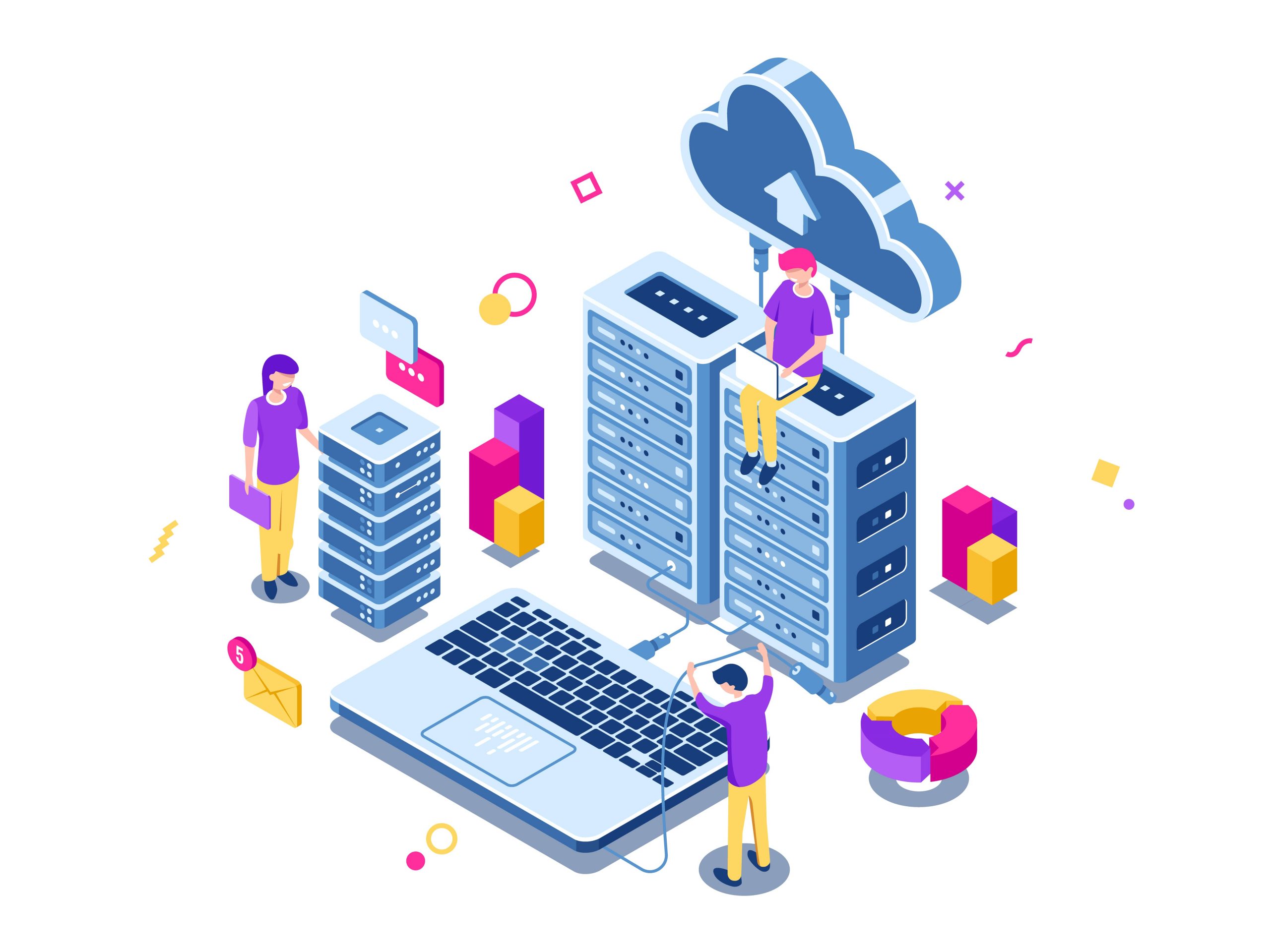
In simple words, we can say that big data analytics is the large-scale collection and analysis of information. Hence, computer algorithms may be able to find trends in retail data. It will help businesses to look at qualitative data about how people usually behave. Big data gives real information to people and businesses. If they have the right software, tools, and knowledge, can use them to find out more about their customers’ habits. Big data is also described as an increase in volume, variety, and velocity. The three Vs of big data are as follows:
- Volume
- Variety
- Velocity
The Three V’s of Big Data in Retailing
Big data is a broad term that can make people, who aren’t tech-savvy, confused. By looking at the main ideas in the definition, you can better understand how big data in eCommerce can improve retail and help your business run better. The world of big data is made up of three things: volume, velocity, and variety. Let’s discuss each one by one.
Volume
In 2022, humans are going to generate 74 zettabytes. A zettabyte is equivalent to one billion terabytes. Every day, the amount of data is increasing. Clearly, data volume is an important aspect of big data. Retailers also require large volumes of data to find relevant conclusions.
Velocity
Velocity in big data means how fast data is coming in. Using Facebook as an example again, the social media giant stores 250 billion images, but its users upload about 900 million photos every day. With this much information coming in every day, it needs sorting and storing.
Sensor data is another example of a type of velocity. As the Internet of Things grows at a very fast rate, more and more sensors are linking together. Hence, we need to send more data every day.
Variety
Data comes in many different forms these days, like video, PDF, text, graphics, and a lot more. Even though having different kinds of data is good for business, it takes a lot more resources to process them. For this part of big data, you need to know the different kinds of data, how they are organized and used, and how to process them in a meaningful way.
Also Read: The Role of Technology in the Evolution of Retail
Big Data for Retail
It’s no secret that having more data lets you learn a lot about your customers. So, retailers can plan more accurately than ever for inventory, stock, logistics, and customer expectations.
Big data analytics in retail has the potential to not only improve companies’ operating margins by 60% but also change all parts of retail.
Big data analytics also affects inventory management and logistics, and it gives a lot of information about how customers behave based on their habits. Hence, these can boost sales with product suggestions and easier payment options. Also, it makes customer service better all around.
Big data’s role in retail is also to find potential bottlenecks and find workarounds for them before they can become bigger problems. So, this saves retailers money on downtime and disruption costs.
Using as many data insights as possible helps retailers and supply chains deal with inventory problems and possible disruptions to improve customer satisfaction, brand loyalty, and revenue generation.
Also Read: How Can Cloud Computing be Beneficial for the E-commerce and Retail Sector?
What are the main benefits of using big data in retail?
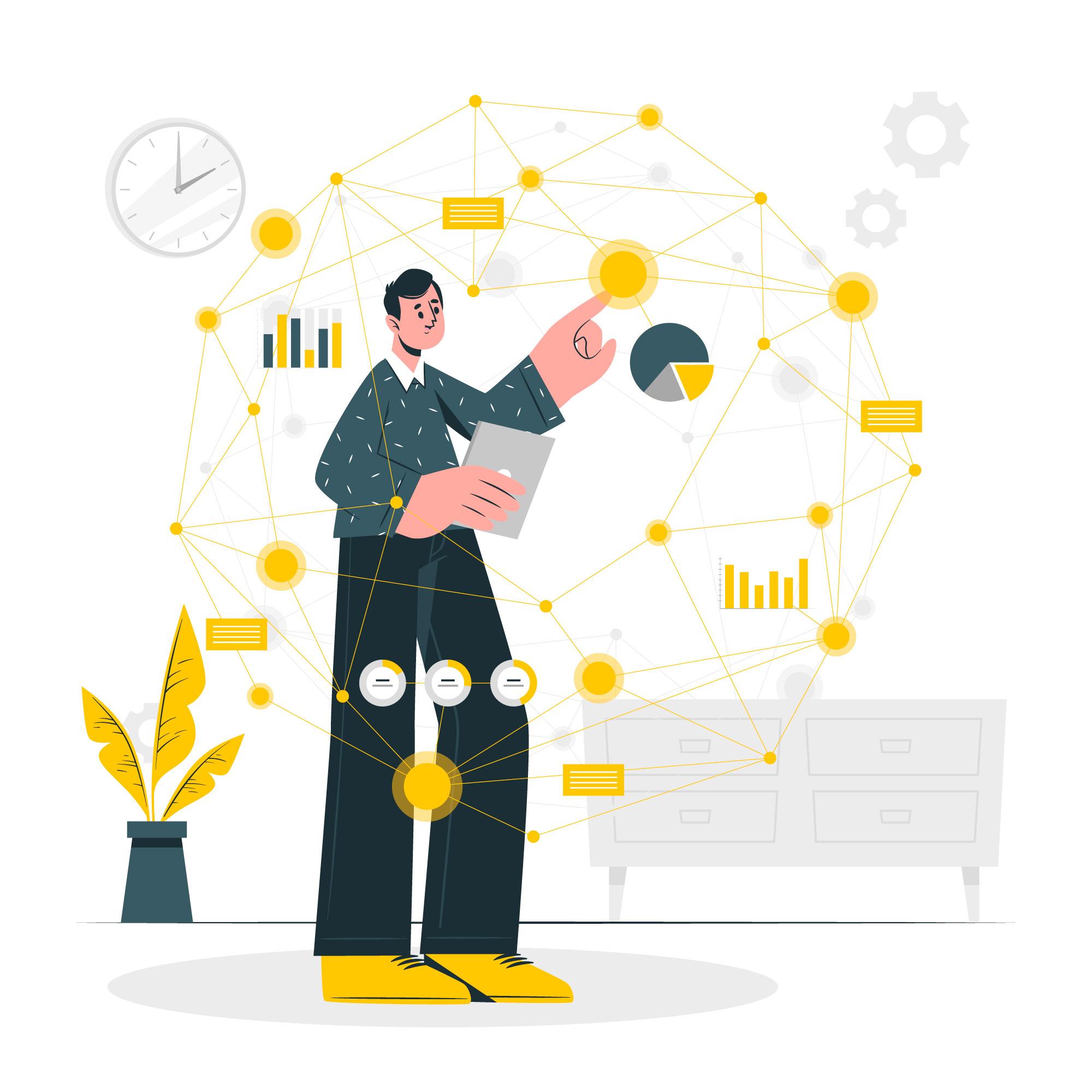
Big data analytics is important for almost every business, but especially for retailers. But how exactly will using this technology help your business? Just storing a lot of data won’t make your business better, but if you use it right, it can give you useful information. In this section, we’ll talk about the most important benefits of putting big data to use in the retail sector.
Data accessibility
Now that there are so many devices that can access data, it’s important to be able to get information from all of them. Retailers need to be able to see what customers do and what they’ve bought from their computers, mobile phones, tablets, and other devices that can connect to the internet. Retail and big data analytics let us combine and analyze data from any device, even wearables, so we can make decisions based on the data.
Personalization
Customers prefer brands and businesses to interact with them and make suggestions in a way that is unique to them. Companies can make personalized messages, emails, discounts, special offers, and loyalty programs when they know what their customers want and what they like. Instead of just picking the most popular or profitable products at random, big data and analytics for retail help us make offers that speak to each customer.
Customer segmentation
Customers are hard to get because it costs too much to do so. By dividing your customer base into groups, you can focus on customers who are more likely to buy from you. Getting new customers and turning them into paying customers is an important part of any marketing strategy. However, it is more cost-effective to convince existing customers to keep shopping with your company.
IoT
The Internet of Things makes it possible for companies to make wearable devices that collect even more useful information. IoT devices are connected to the internet and record information about how customers act and behave. This information is then sent to a central server. When companies use big data analytics for retail, they have even more information to sort through and use to change their marketing campaigns.
Also Read: A Complete Guide to Retail Automation Solutions and Strategies
Planned maintenance
In the world of retail, which is always changing, being able to predict market shifts and customer behavior can make or break a business. Companies can make accurate predictions and figure out how certain trends and events might affect customers by looking at data from the past. For example, what they might buy if there is a lockdown or a sudden change in the weather. If you know what your customers want and need, you can plan your inventory and get a leg up on the competition.
Better service for customers
When companies have access to customer data, they can see how users move through the app or website and figure out where customers get lost and leave the app or website. It could be something small and easy to fix, like a shopping cart preview that is too big, a payment gateway that is hard to use, or an address form that isn’t clear. Big data analytics help figure out which parts of the process cause people to abandon their shopping carts so that this problem can be fixed in the future. For example, autofilling personal information like name, address, and phone number can make customers much happier and, as a result, increase sales.
Price optimization
It’s not easy to find the best price for a product that will make the most money. The price will also change based on the time of year and how much people want it. Big data analytics can help you find the best time to raise or lower prices, which will ultimately help you make more money from sales.
Better ways to keep customers
When users don’t get what they want and need, they look for other ways to get what they want or need. To slow down churn, it’s important to find users who aren’t interested and get them to change their minds. You can get them to stay with you by asking for their feedback, and giving them personalized solutions and discounts.
Also Read: 5 AI Trends that Are Changing the Face of Retail
Conclusion
Using big data in retail supply chains is a great way to predict trends. Also, it makes sure that stock is in the right place. When big shopping days like Black Friday come around, data sets like location insights can help retailers keep an eye on places where demand is higher. So they can respond to changes in demand and trends. Are you looking to use big data for Retail?
If yes so please feel free to contact us at support@aeologic.com

I’m Deepika Pandey, an SEO strategist and content writer with 6+ years of experience. I create SEO-friendly content that drives traffic and engages readers. I combine data insights with creativity to help businesses grow their online presence effectively.

